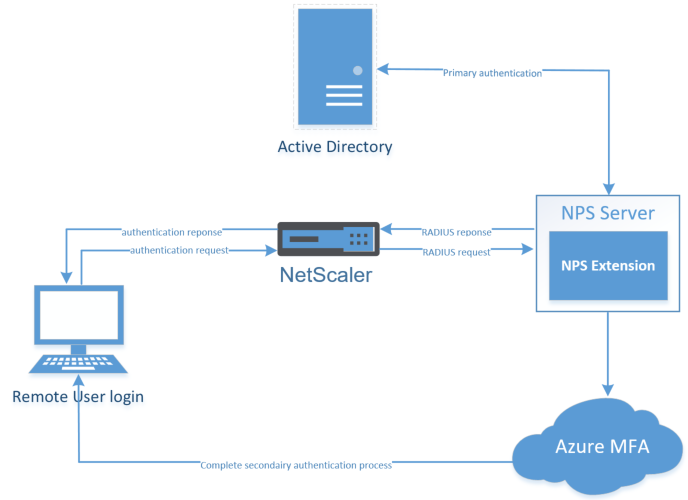Having a reputation for intelligent and responsive software, Macs sometimes can behave not the way you expect. Except for minor software issues that may happen when you use your Mac actively, Mac crashes may really interrupt your work and affect your performance. So, here we will explain why your Mac keeps crashing and how to “cure” it of this disease.

Mar 11, 2019 I updated the first post in this thread to link to the new information by odamizu for getting Method 2 working with the latest Kindle for Mac. Thank you, jhowell The key to getting KF8 from K4Mac 1.25+ is to block KFX with chmod -x ( Method 2 ), then download books using right-click on mouse and selecting 'Download', or use menu bar 'File. Quit the application or do it forcefully. An unresponsive app can cause your Mac to freeze. The available update files should appear once the Kindle is plugged in. If no available update appears upon plugging the Kindle in, you may also check on the Amazon website for available firmware updates. If you are able to update your Kindle's firmware and the screen is still unresponsive, your Kindle's screen is damaged.
Why your Mac keeps crashing
If your Mac crashed, you would probably see the “Your computer was restarted because of a problem” message on your screen. Usually, Macs freeze from being unable to deal with software installed on it, or device connected to your machine. In these cases, your Mac may restart in order to eliminate the issue. But, if the Mac crashes on its startup, things may get serious as it can lead to complete shut down.
Here’re the most common reasons why your Mac keeps restarting:
- Application incompatibility
The system crash can be the “reaction” of your macOS to crashes of some app on your Mac. It often happens that the version of the application becomes incompatible with the current macOS version. It’s a well-known rule that you need to update the apps as soon as a new version is released. But, sometimes even app developers fail to fix bugs and release an improved version of the software. That app’s inability to meet system requirements and, at the same time, respond user’s requests can put too much pressure on your Mac’s OS, making it crash.
One way to prevent Mac crash is to force-quit the app that has a spinning wheel icon, which means your machine can’t handle the number of tasks in progress.
- Lack of system memory for software to run
If you are using apps that require a lot of free space to store data (like Photoshop), your computer may freeze or crash due to a lack of memory. You should consider freeing some space if the above-mentioned happens or try to switch this storage-hogging app to an alternative option.

- Heavy usage of CPU

Some software may consume too much of your Mac’s CPU. Try to remember what apps you used before the last system crash. Usually, games, graphic editors, developer tools, and similar apps that process a lot of information put some pressure on your CPU. You can also hear your Mac’s fans working loudly when CPU is overly active. Such overperformance of your processor may be followed by a crash, especially when several such apps are in progress.
- Hardware incompatibilities
Certain MacBooks Pro have removable RAM. If you have recently done some fixes to your Mac and installed new memory, it can turn out to be the reason behind your Mac crashes. When installing hardware or RAM, it’s essential to choose compatible parts and install them correctly. If possible, get back the original details and check whether your Mac crashes with them.
If your Mac has restarted because of unknown reasons, there is a quick solution to prevent further crashes. CleanMyMac X is a versatile tool for your Mac that is notarized by Apple. It cleans junk, terminates heavy processes that may result in Mac freezing and crashing. Using its Smart Scan feature regularly you can remove the junk that takes too much space and reduce CPU usage.
If you see Mac’s crash screen, you will need to take a look at the Mac crash report for more information regarding what happened.
How to read Mac crash reports
After the restart, your Mac will show a notification about why the crash occurred. You can click the Report.. button to see the details.
Another place to find all reports is Console. Go to Finder > Applications > Utilities > Console. As you open Console, choose Crash Reports from the list on the left.
The crash files should end in “.crash” and have a crash date in the name. Open the report. Here are the key details the crash reports include:
- Process
You will see the name of the application or particular process that is responsible for the crash.
- Date/Time
It tells you when exactly the crash occurred.
- Exception type
This part enlightens the user about what caused the crash.
- Thread
Kindle For Mac Crashing Windows 10
It is a chronological list of processes that were initiated before the crash.
Mac crash report is an important file, which can help developers investigate software imperfections and find out how to enhance both OS and computer programs.
On the other hand, crash reports are not that useful for users. So, if you can’t understand the report, that’s not your fault, because it’s generated mainly for developers.
What to do if your Mac keeps crashing
If you think the problem may be with current macOS and some apps, you can try reverting your system to the previous OS version. Here’s how to do that:
- Choose Restart from the Apple menu.
- During restart, press and hold Command + R. The Apple logo should appear.
- In the Time Machine Backup, choose Restore and select your disk.
- Select the backup you want to roll back the system to.
- Follow the instructions to complete the process.
Another useful thing to do is to free up RAM. You can do that by touch of a button with CleanMyMac X. Using the Maintenance feature, you can run maintenance scripts to let CleanMyMac X remove temporary files and logs that may interfere with Mac’s performance.
- Download your free copy of CleanMyMac X here.
- Launch the app and go to the Maintenance module.
- Check Free Up RAM and Run Maintenance Scripts.
- Click Run.
Now, your system memory is optimized. Additionally, you can clean some junk using the System Junk module to delete broken login items and cache that can be a cause of Mac’s freezing.
Kindle Keeps Crashing On Mac
If nothing helps and your Mac keeps crashing, try to contact Apple Support. Describe your problem, providing lots of details, so the agent can help you define the exact issue and solve the problem.
Facebook Crashing On Kindle Fire
There can be plenty of reasons why your MacBook crashes. Note that crashing is a sign that your system is unable to handle some problem on your machine. So, if it occurs regularly, it’s better to address Apple Support and ask for professional help with your Mac.

